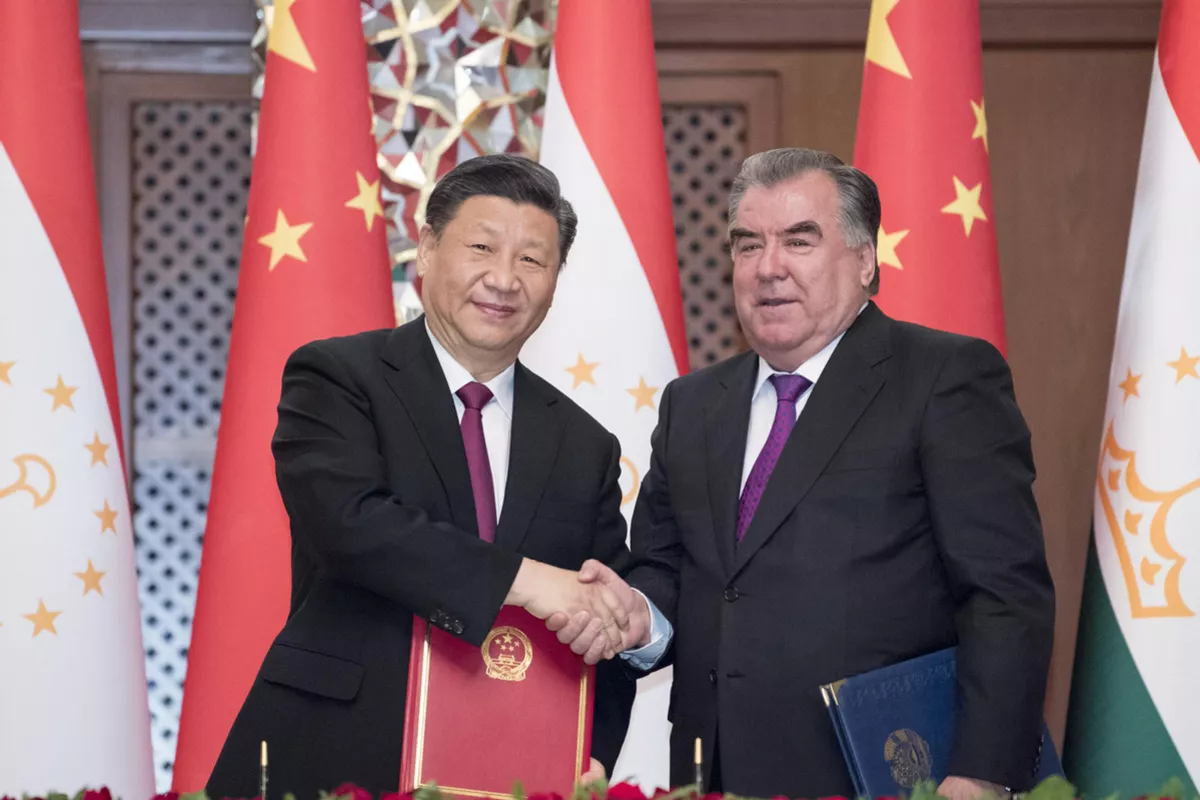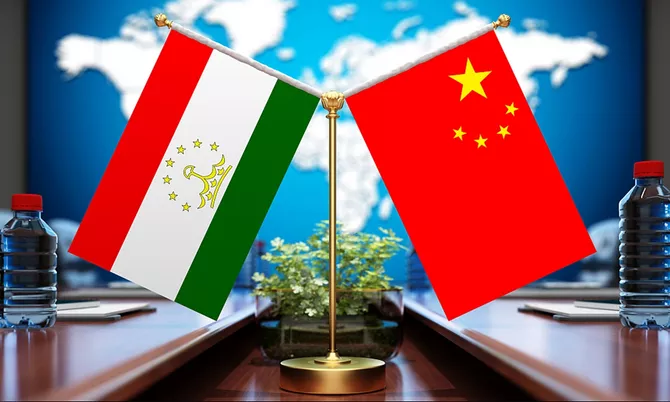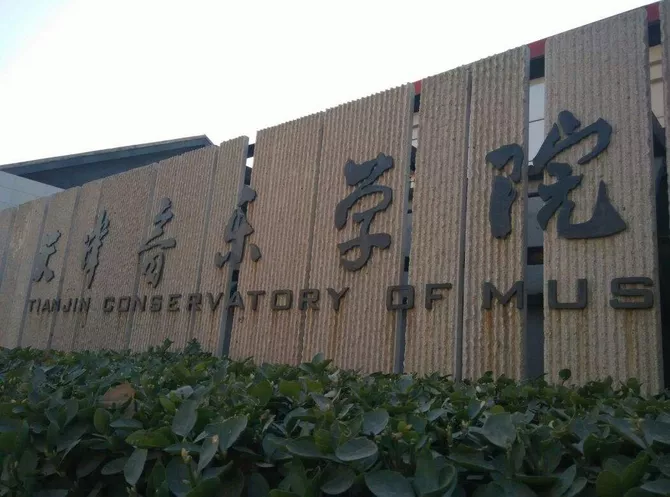
photo: China.org
The rapidly evolving relationship between Tajikistan and China is no longer confined to trade figures or investment deals. It represents a transformative shift in Central Asian geopolitics, with Beijing positioning Dushanbe as a crucial node in its regional strategy. This is not just about economics; it’s about the future of connectivity, digital governance, and regional stability.
Over the past decade, China has steadily strengthened its presence in Tajikistan. But in 2025, the relationship reached a new turning point. From August 29 to September 10, a delegation of Tajik judges traveled to Beijing and Urumqi for a comprehensive training program on administrative proceedings. This initiative was not merely technical. It was symbolic: a signal that cooperation now extends into the institutional and legal frameworks that shape Tajikistan’s governance. When the Supreme Court of Tajikistan praises such programs as a “platform for modernization,” it is clear that the partnership is about more than shared interests-it is about shaping Tajikistan’s future trajectory.

photo: Global Times
This legal collaboration is part of a broader context. In the first half of 2025, trade between the two countries surged by 37%, hitting $1.2 billion. Even more telling, for the first time in history, China overtook Russia as Tajikistan’s top trading partner. This is a watershed moment: Beijing now accounts for nearly a quarter of Tajikistan’s total foreign trade, while Russia’s share has slipped to just over 23%. Economically, the balance of power is shifting-and fast.
September brought a flurry of diplomatic activity that underscored this new reality. President Emomali Rahmon’s visit to China was not a routine exchange of pleasantries. When Rahmon described China as “a reliable friend, a good neighbor, and a strategic partner,” it was a deliberate declaration of intent. Xi Jinping’s response was equally significant. By reaffirming Beijing’s commitment to building a “community of shared destiny” with Tajikistan, Xi framed the relationship as one rooted in shared global ambitions rather than transactional trade.
The agreements signed during this visit were sweeping. They covered everything from transport and energy to environmental protection, education, and culture. Yet three themes stand out: digital transformation, green development, and connectivity. These are the building blocks of modern geopolitical influence. China is not merely investing in Tajikistan’s economy; it is embedding itself into the country’s future infrastructure and technology ecosystem. More than 700 Chinese-funded companies already operate in Tajikistan, and this number will likely grow as Beijing encourages its private sector to expand investments.
Perhaps the most strategic element of this cooperation lies in transportation. The proposed corridors linking China through Tajikistan to Uzbekistan, Turkmenistan, Iran, Türkiye, and ultimately Europe, as well as routes through Afghanistan, could redefine regional logistics. For a landlocked country like Tajikistan, access to ports such as Chabahar in Iran and Karachi in Pakistan would be revolutionary. It would also deepen China’s reach into the heart of Eurasia, cementing its role as the primary architect of Central Asian connectivity.

photo: Study China
Cultural diplomacy is also flourishing. Direct collaboration between the Tajik National Conservatory and the Tianjin Conservatory of Music might seem like a soft gesture, but such exchanges cultivate long-term goodwill and people-to-people ties. Similarly, discussions about new direct flights between Dushanbe, Xi’an, and Guangzhou reflect a practical effort to bind the two societies closer together.
Critics might worry about overdependence on China, especially as Russian influence wanes. Yet for Tajikistan, diversification is a pragmatic necessity. By embracing Chinese investment, technology, and market access, Dushanbe is not only boosting its economy but also positioning itself as a central player in a rapidly integrating region. The challenge will be to balance this partnership with sovereignty, ensuring that Tajikistan remains a proactive participant rather than a passive recipient.
What we are witnessing is not a fleeting moment but the birth of a comprehensive strategic alliance. Tajikistan’s future is increasingly intertwined with China’s vision for Eurasia. If managed wisely, this partnership could bring stability, prosperity, and new opportunities to Central Asia. But it will require vigilance, diplomacy, and a clear understanding of the geopolitical stakes.
The message is clear: Tajikistan is no longer just on the map-it is at the crossroads of a new regional order, and China is driving the change.
Share on social media
